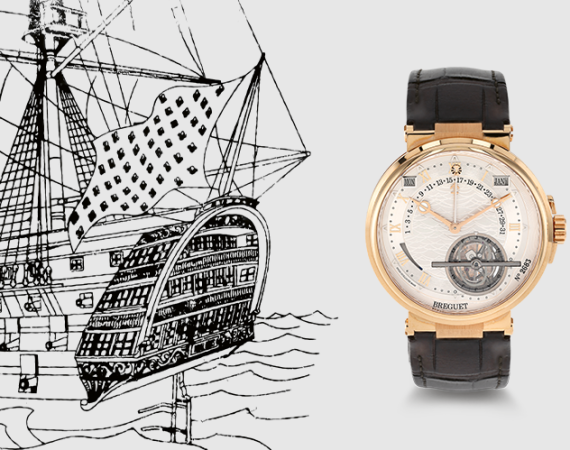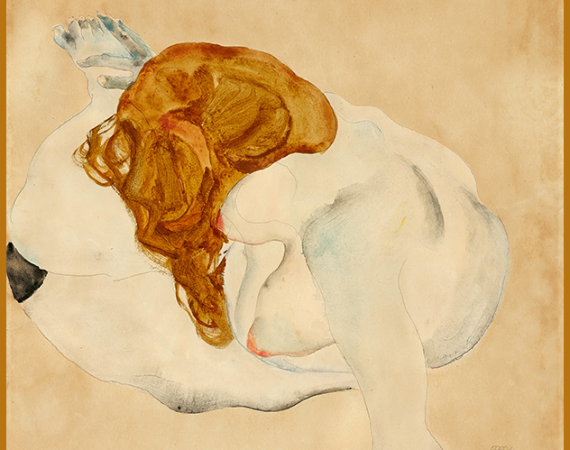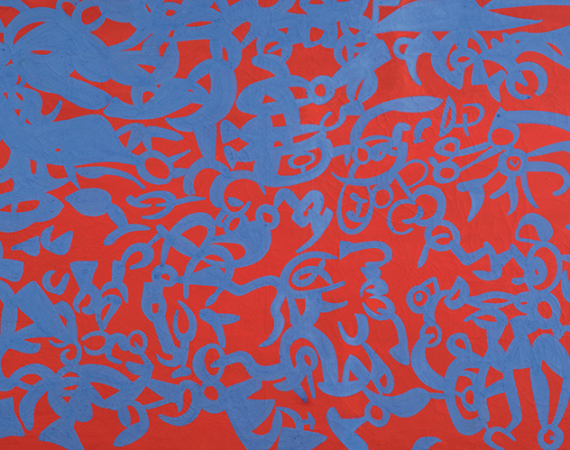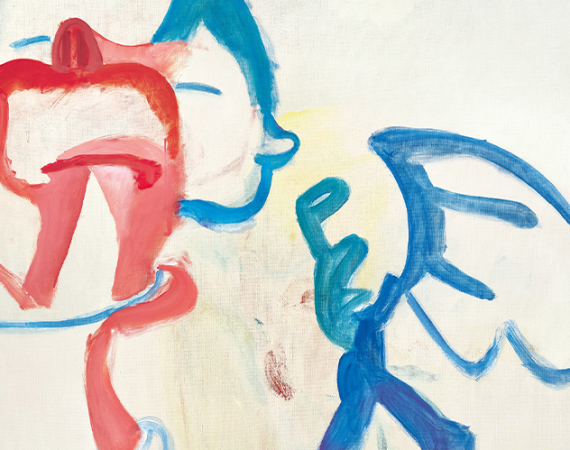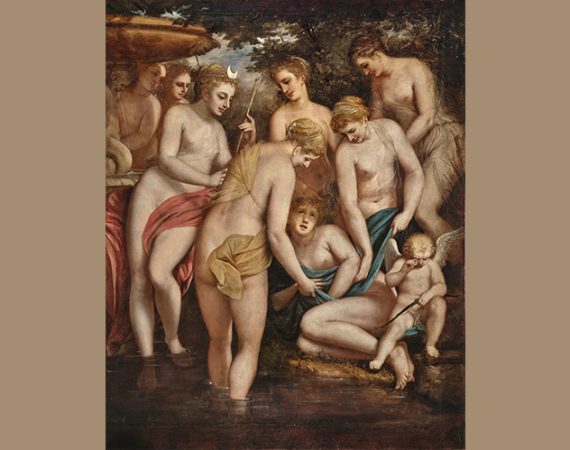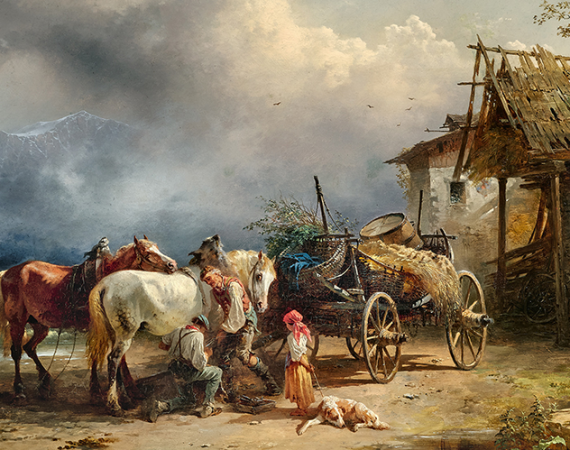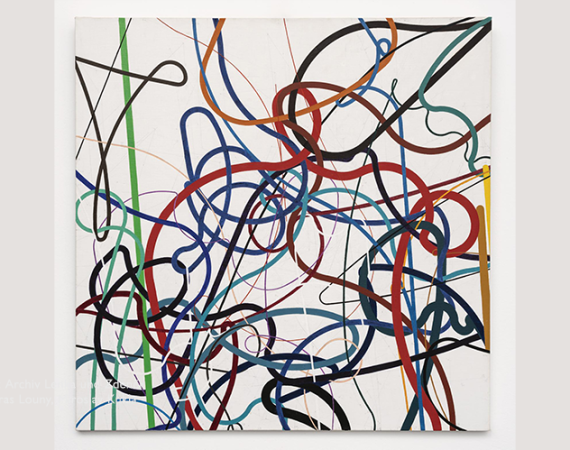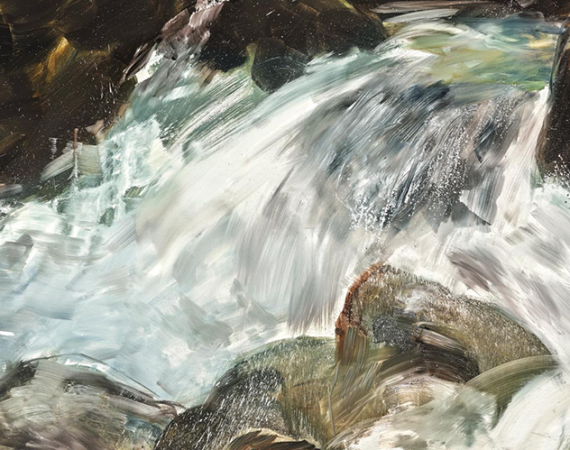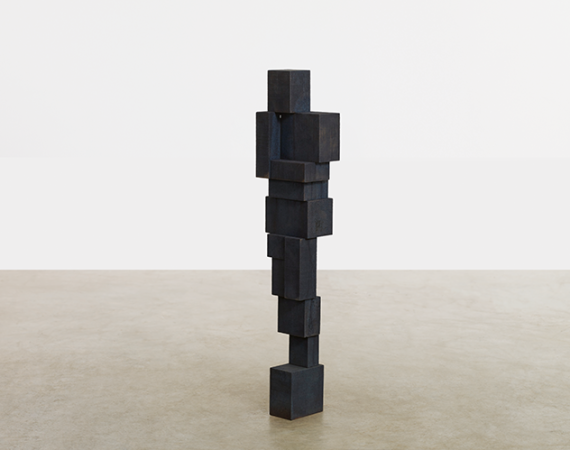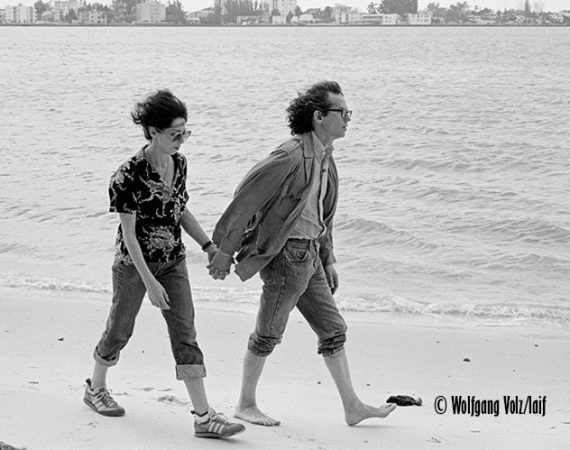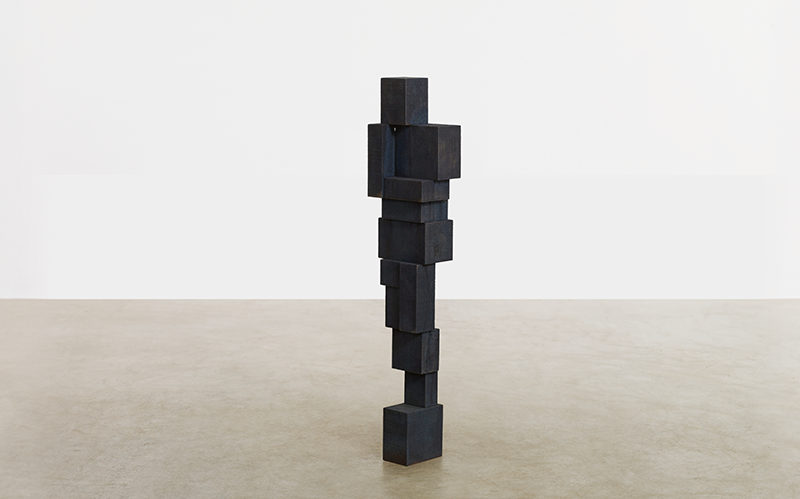
Anthony Gormley is considered a central figure in contemporary sculpture. With his monumental works such as Angel of the North and the Field projects, he has redefined sculpture. The human body is at the centre of his work – as it is in Small Splice IV.
The human body is at the centre of the English sculptor, Antony Gormley’s artistic exploration. He sees the body as an archetype, a habitable space, and an interface with
the world. For the artist, (b. 1950), the body is more than just a form; it allows us to explore our relationship with our surroundings, with other people, and with ourselves. The 1994 Turner Prize winner helped redefine the idea of the statue, originally using his own body as a starting point. With his conceptual approach of masterfully deconstructing the body as a case study and reflection, he is one of the most important sculptors in the world, with exhibitions at the Musée Rodin, the Royal Academy of Arts, the Uffizi Gallery, and the Hermitage in St. Petersburg.
His work is situated within the discourse of twentieth-century contemporary sculpture, intertwining with existential reflections, such as Giacometti’s meditations on solitude, as well as with the material and conceptual investigations of Italian Arte Povera, as exemplified by Alighiero Boetti’s Io che prendo il sole a Torino (1989).
Gormley translates these influences into modular bodies: assembled, segmented, and crystallized into blocks he defines as “three-dimensional pixels.” Each volume becomes a point of contact between mass and void, between presence and absence, transforming the body into a sensory and conceptual experience.
Although idealistically aligned with Carl Andre’s minimalist focus on the arrangement and spatiality of materials, Gormley goes beyond formal rigor by introducing the experiential dimension of the human body. His Blockworks are not merely geometric structures: they invite the viewer to perceive, feel, and reflect, turning space into an emotional experience.
The sculpture presented here, made of iron, eloquently embodies this vision. Cubes and parallelepipeds overlap to construct a human body that appears simultaneously solid and permeable, concrete, and metaphorical. The gaps between the modules allow the space to breathe and create a continuous dialogue with the environment, transforming the perception of the body into an active experience for the viewer. The solidity of the iron interacts with the visual lightness of the segmented volumes, amplifying the tension between individuality and universality.
In this synthesis, Gormley encapsulates the core of his research: the body as a space to inhabit, as a modular structure, and as a tool for relating to space and to others. The work invites the viewer to perceive human presence not merely as form, but as a shared experience and an existential meditation, reaffirming the central role of the body in his artistic reflection.
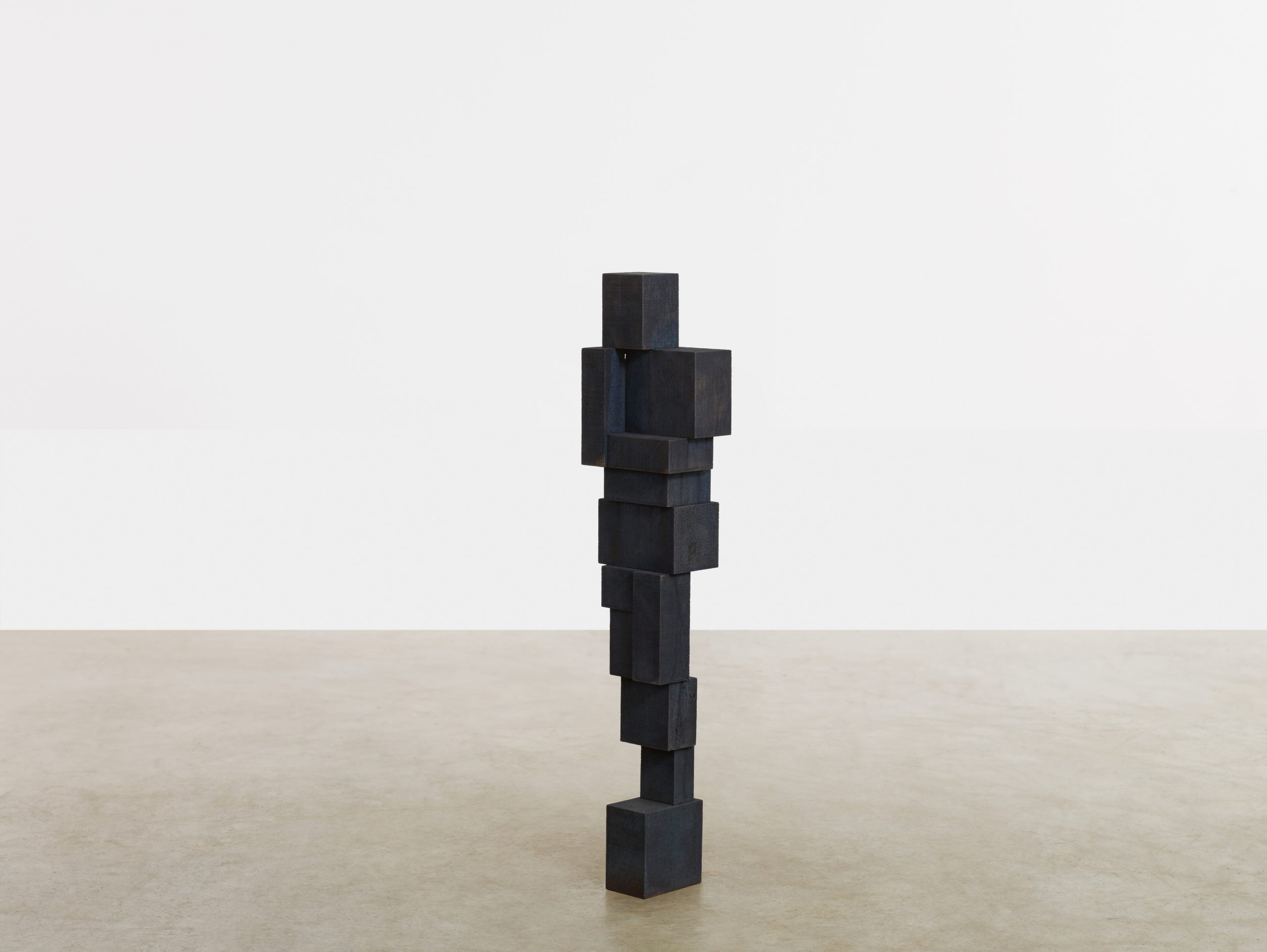
AUCTION
Contemporary Art I, 19 November 2025, 6 pm
Palais Dorotheum, Dorotheergasse 17, 1010 Vienna
20c.paintings@dorotheum.at
Tel. +43-1-515 60-358, 386

